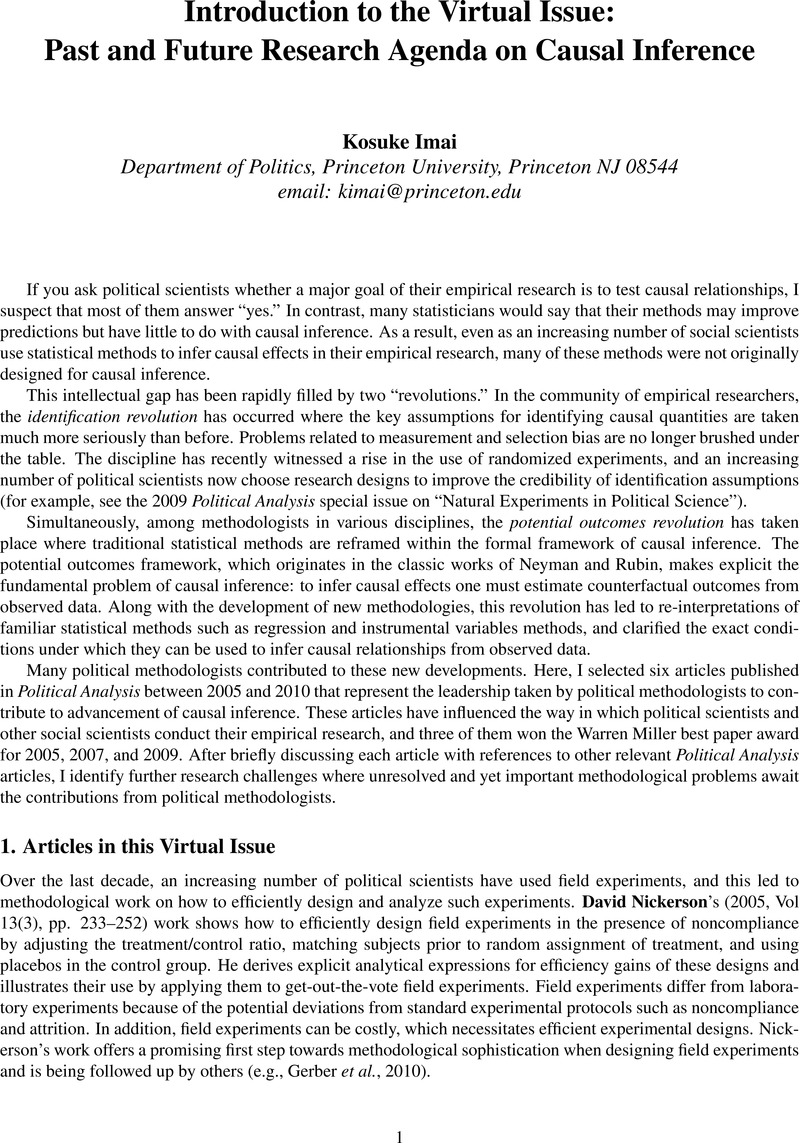Crossref Citations
This article has been cited by the following publications. This list is generated based on data provided by Crossref.
Anastasopoulos, Lefteris Jason
2019.
Principled Estimation of Regression Discontinuity Designs With Covariates: A Machine Learning Approach.
SSRN Electronic Journal ,



